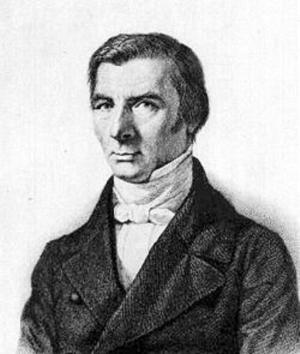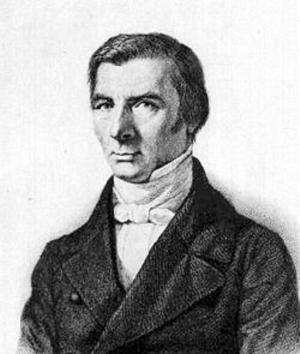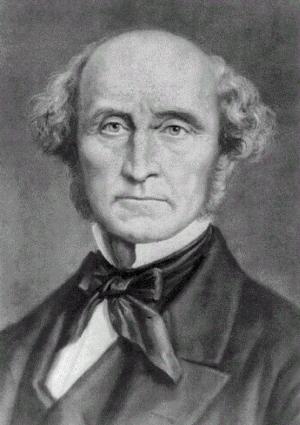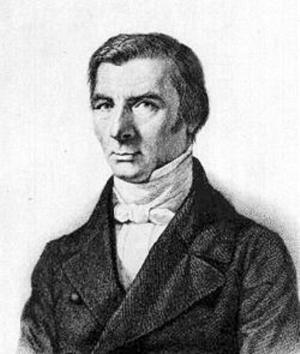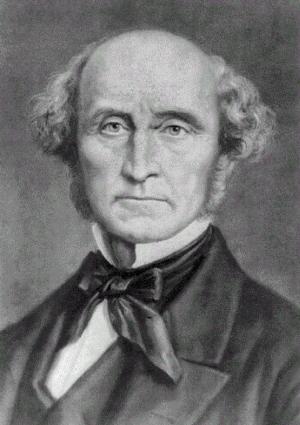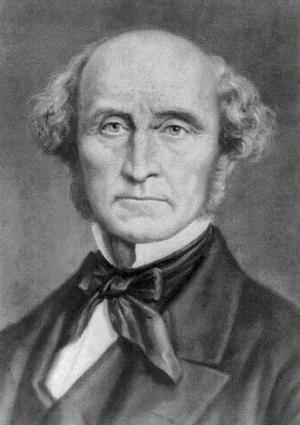THE MATHEMATICAL PRINCIPLES OF NATURAL PHILOSOPHY (Illustrated and Extended with The History of the Ancient Physics and The History of the Ancient Logics and Metaphysics)
Nonfiction, Science & Nature, Mathematics, Mathematical Analysis, Science, Physics, Mathematical Physics| Author: | Isaac Newton | ISBN: | 1230000269981 |
| Publisher: | AS Team | Publication: | September 23, 2014 |
| Imprint: | Language: | English |
| Author: | Isaac Newton |
| ISBN: | 1230000269981 |
| Publisher: | AS Team |
| Publication: | September 23, 2014 |
| Imprint: | |
| Language: | English |
The book has an active table of contents for readers to access each chapter of the following books:
1. THE MATHEMATICAL PRINCIPLES OF NATURAL PHILOSOPHY – Isaac Newton
2. The History of the Ancient Physics - Adam Smith
3. The History of the Ancient Logics and Metaphysics - Adam Smith
4. Of the EXTERNAL SENSES - Adam Smith
5. Of the NATURE of that IMITATION which takes place in what are called THE IMITATIVE ARTS - Adam Smith
Only in The History of Astronomy Smith speaks of The Invisible hand as the follows:
“Fire burns, and water refreshes; heavy bodies descend, and lighter substances fly upwards, by the necessity of their own nature; nor was the invisible hand of Jupiter ever apprehended to be employed in those matters”
Enlightenment philosophers applied the concept of Nature and Natural Law to every physical and social field of the day.
Newton's conception of the universe based upon natural and rationally understandable laws became one of the seeds for Enlightenment ideology.
Adam Smith applied Natural conceptions of psychology and self-interest to economic systems.
It appears that explainable natural phenomena (the natural laws we know) and otherwise unexplainable one (the natural laws we do not know) are part of The Invisible hand to regulate our human behavior in Adam Smith’s mind.
The only reason that Smith’s economic theory has survived through more than 200 years of social systems evolution is his conception of the economic universe is based upon natural and rationally understandable laws including the scientific attitude that we do know the entire universe. Smith's works based on a common and coherent framework about Nature and Natural Law still govern the human activities today.
This is a must-read book for readers who need to learn and study Newton's conception of the universe based upon natural and rationally understandable laws and Smith’s thoughts of the framework through The History of the Ancient Physics and The History of the Ancient Logics and Metaphysics.
The book has an active table of contents for readers to access each chapter of the following books:
1. THE MATHEMATICAL PRINCIPLES OF NATURAL PHILOSOPHY – Isaac Newton
2. The History of the Ancient Physics - Adam Smith
3. The History of the Ancient Logics and Metaphysics - Adam Smith
4. Of the EXTERNAL SENSES - Adam Smith
5. Of the NATURE of that IMITATION which takes place in what are called THE IMITATIVE ARTS - Adam Smith
Only in The History of Astronomy Smith speaks of The Invisible hand as the follows:
“Fire burns, and water refreshes; heavy bodies descend, and lighter substances fly upwards, by the necessity of their own nature; nor was the invisible hand of Jupiter ever apprehended to be employed in those matters”
Enlightenment philosophers applied the concept of Nature and Natural Law to every physical and social field of the day.
Newton's conception of the universe based upon natural and rationally understandable laws became one of the seeds for Enlightenment ideology.
Adam Smith applied Natural conceptions of psychology and self-interest to economic systems.
It appears that explainable natural phenomena (the natural laws we know) and otherwise unexplainable one (the natural laws we do not know) are part of The Invisible hand to regulate our human behavior in Adam Smith’s mind.
The only reason that Smith’s economic theory has survived through more than 200 years of social systems evolution is his conception of the economic universe is based upon natural and rationally understandable laws including the scientific attitude that we do know the entire universe. Smith's works based on a common and coherent framework about Nature and Natural Law still govern the human activities today.
This is a must-read book for readers who need to learn and study Newton's conception of the universe based upon natural and rationally understandable laws and Smith’s thoughts of the framework through The History of the Ancient Physics and The History of the Ancient Logics and Metaphysics.



